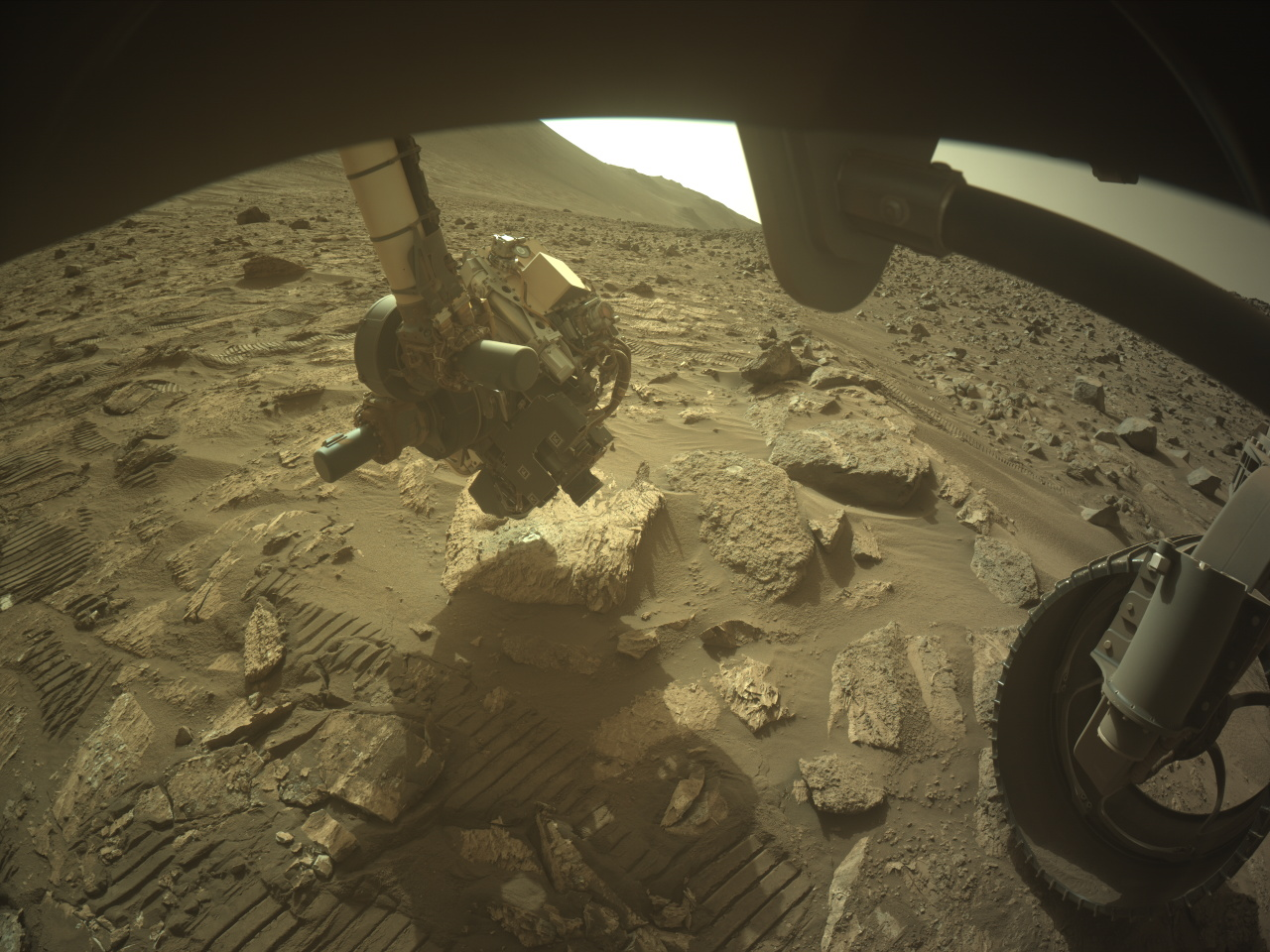Media release
From:
Planetary science: Martian mudstone features shed light on ancient environmental conditions (N&V)
Martian mudstones from the Jezero crater contain features that improve our understanding of chemical processes on Mars, according to new findings from NASA’s Perseverance rover, published in Nature. Future analyses could help to determine the origin of these minerals and assess their potential as biosignatures.
The Jezero crater was selected as the landing site for NASA’s Perseverance rover due to its geological diversity and evidence of past water activity. The rover has explored igneous and sedimentary terrains, including the Bright Angel formation — a collection of mudstones exposed in Neretva Vallis. These rocks are of particular interest because they contain carbon matter and mineral assemblages that may have formed under habitable conditions, but this is yet to be confirmed.
Joel Hurowitz and colleagues conducted a detailed analysis of the Bright Angel formation and identified tiny nodules and specks enriched in iron phosphate and iron sulfide. These features are associated with organic carbon and appear to have formed after sediment deposition, under low-temperature conditions. Further analyses revealed that these minerals are concentrated in specific zones and are not evenly distributed throughout the mudstone. The presence of these minerals, textures, and carbon features in a sedimentary context could support their classification as potential biosignatures.
The authors suggest that research into both living and non-living processes is required to improve our understanding of the conditions under which the collection of minerals and organic phases in the Bright Angel formation were formed.



 Australia; International; QLD
Australia; International; QLD



